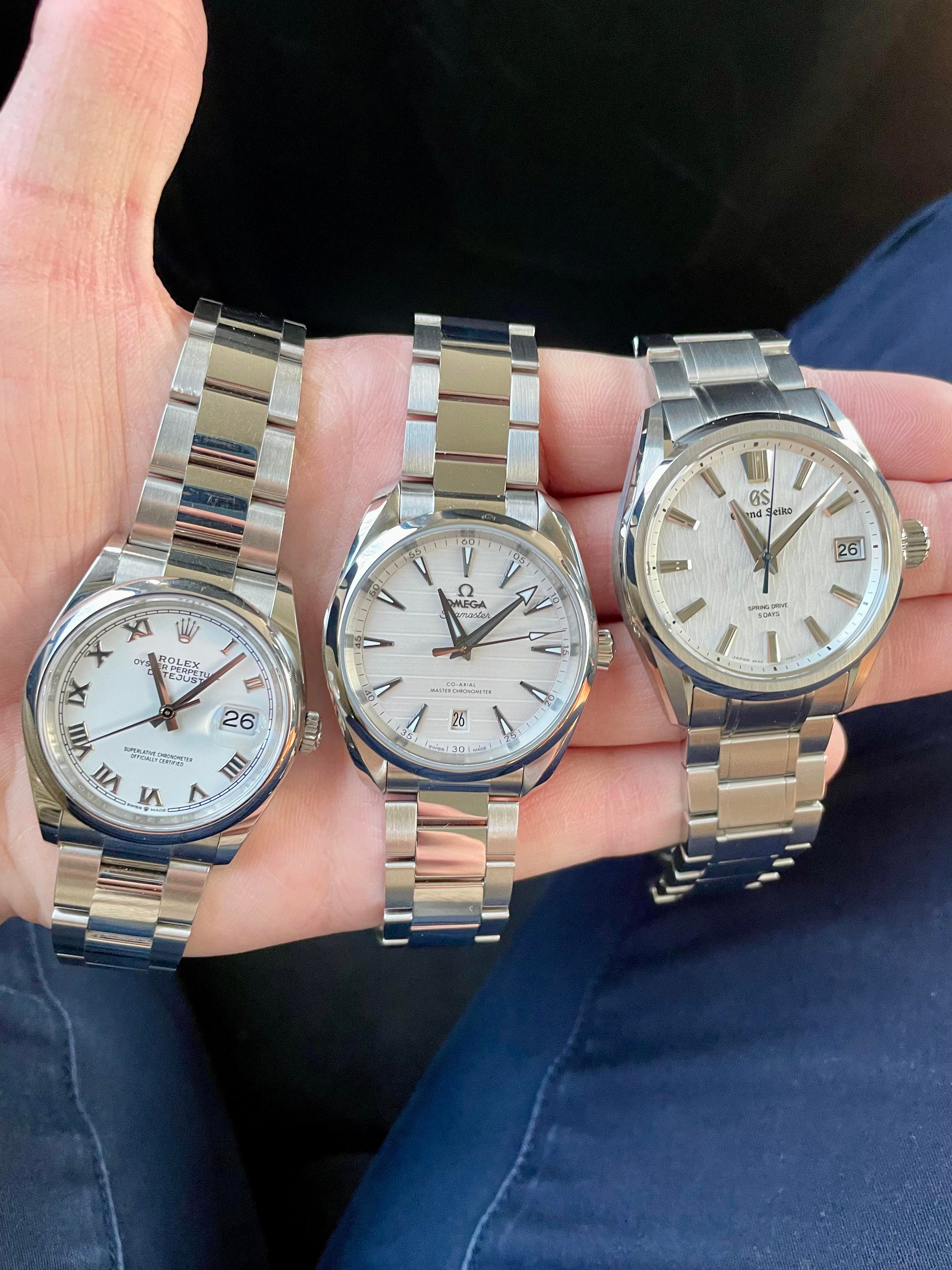
Grand Seiko vs Rolex vs Omega: Precision, Prestige, and Personality
Few rivalries in modern watchmaking are as captivating as those between Grand Seiko, Rolex, and Omega. Each brand defines excellence differently; together, they embody three distinct philosophies of what a high-quality mechanical watch should be.
This comparison goes beyond price and prestige to examine how these maisons differ in craftsmanship, design, and identity.
Heritage and Brand Identity
Rolex was founded in 1905 in London and is now based in Geneva. Rolex built its reputation on innovation and reliability. The brand introduced the first waterproof wristwatch (Oyster, 1926) and the first self-winding rotor (Perpetual, 1931). Today, Rolex stands for precision engineering and quiet power; its designs evolve slowly, ensuring every change feels deliberate.
Omega was founded in 1848 in Biel/Bienne. Omega has long been a technological innovator. It created the Co-Axial escapement, served as the official Olympic timekeeper, and was part of the Moon landing with the Speedmaster Professional. Omega combines its rich heritage with modern industrial scale, positioning itself as both innovative and approachable luxury.
Grand Seiko was launched in 1960 under Seiko’s umbrella. Grand Seiko aimed to compete with Swiss watches on its own terms. Rooted in Japanese philosophy and craftsmanship, it emphasizes finishing quality, visual harmony, and mechanical accuracy. Every Grand Seiko is assembled by hand in Japan; the brand’s approach feels personal, almost meditative.
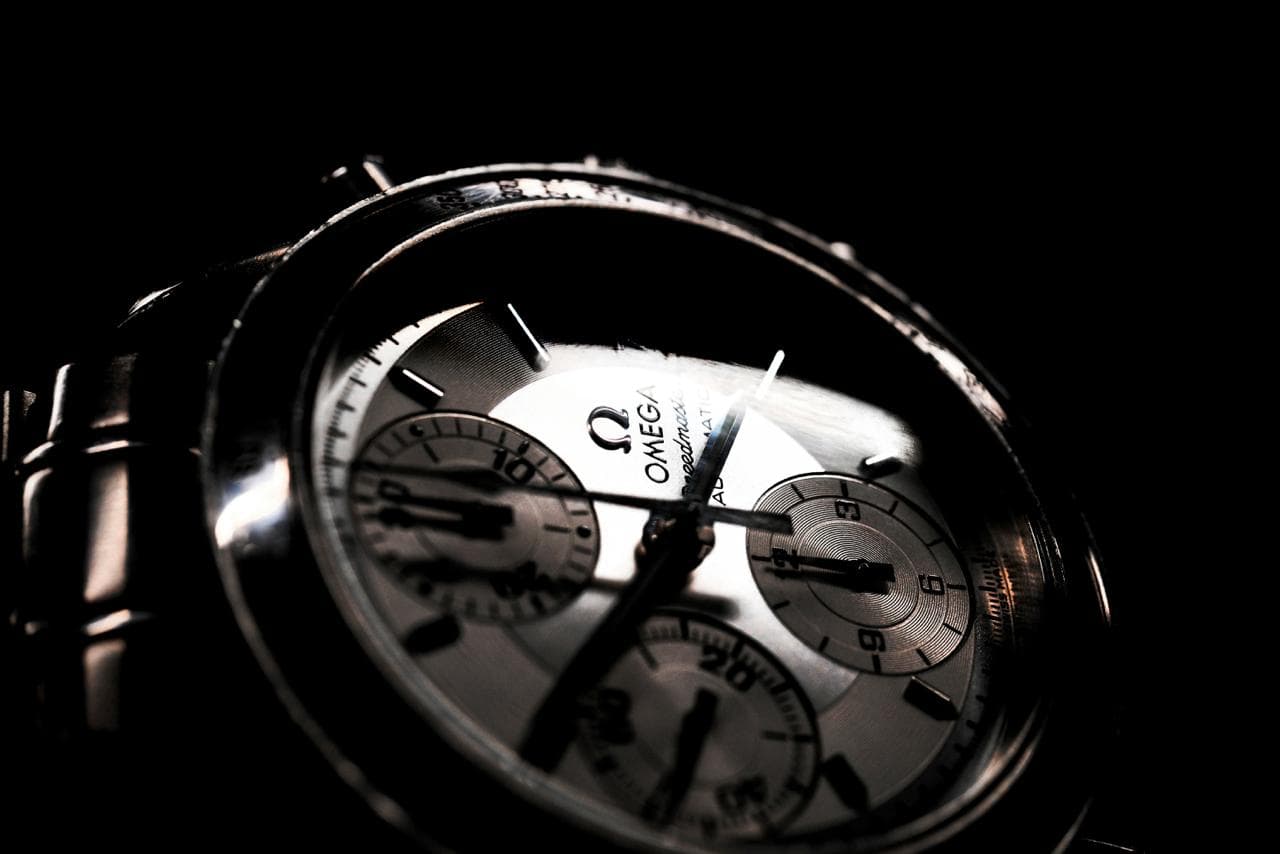
Craftsmanship and Movements
Rolex manufactures all movements in-house, known for durability and extended service intervals. The modern 32xx-series calibers provide ±2 seconds per day accuracy, Parachrom hairsprings, and 70-hour power reserves. They are designed for consistency rather than decoration.
Omega highlights technological innovation. Its Co-Axial Master Chronometer calibers withstand magnetic fields up to 15,000 gauss, earn METAS certification, and showcase refined finishing visible through sapphire case backs. Omega movements combine high production efficiency with advanced technology.
Grand Seiko strives for both mechanical perfection and visual artistry. Its 9S mechanical, 9R Spring Drive, and 9F quartz movements are all assembled manually. The Spring Drive, exclusive to Grand Seiko, merges a mechanical mainspring with a quartz-regulated glide wheel, delivering a perfectly smooth seconds hand and exceptional accuracy.
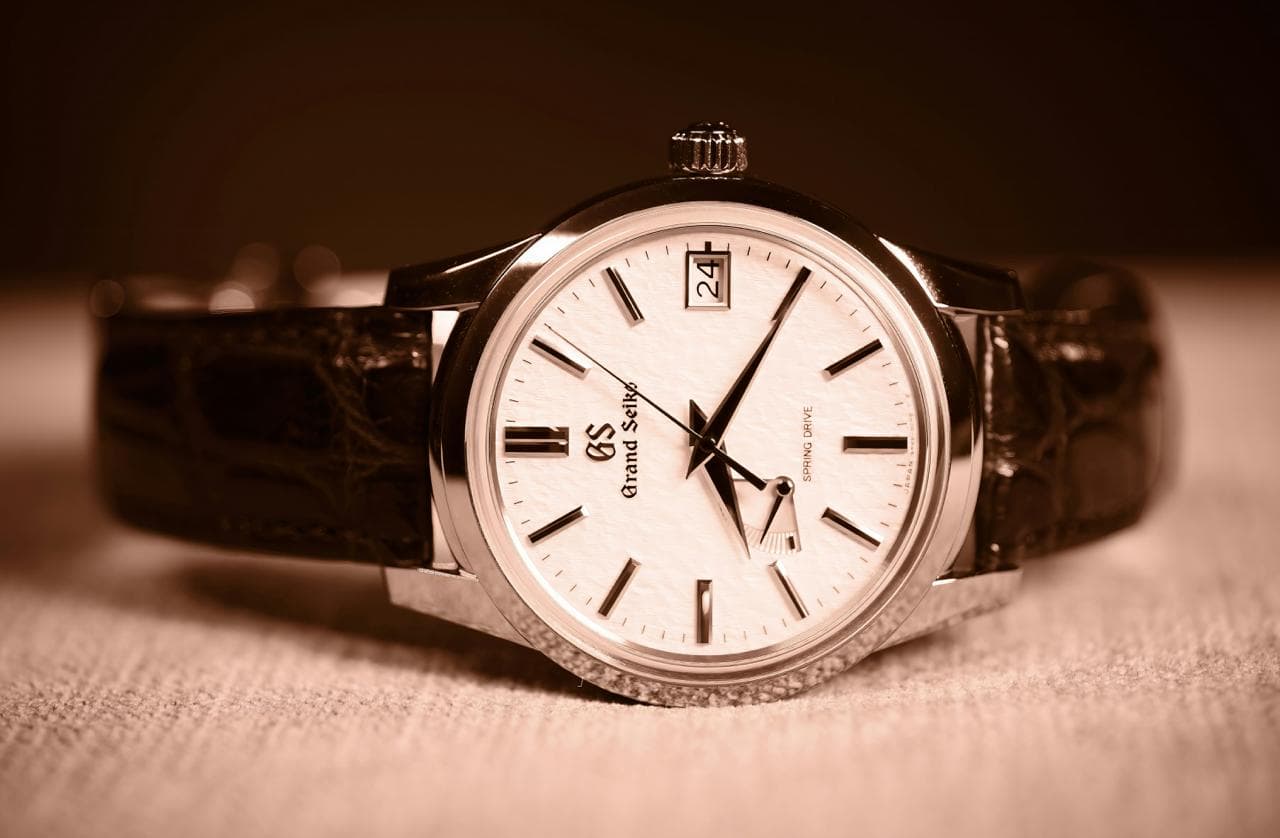
Design and Finishing
Rolex designs emphasize function: clean dials, durable Oyster cases, and classic proportions. Finishing is precise yet industrial. The aesthetic conveys reliability and restraint.
Omega offers a broader stylistic variety. The Speedmaster, Seamaster, and Constellation lines range from sporty to elegant. Case finishing and dial textures have improved significantly, making Omega a versatile option for collectors who enjoy variety.
Grand Seiko treats finishing as art. Zaratsu-polished surfaces mirror light like sculpture, indices are hand-faceted, and dials often reflect natural motifs such as snow, seasons, or forest texture. Each watch feels personal, almost bespoke.
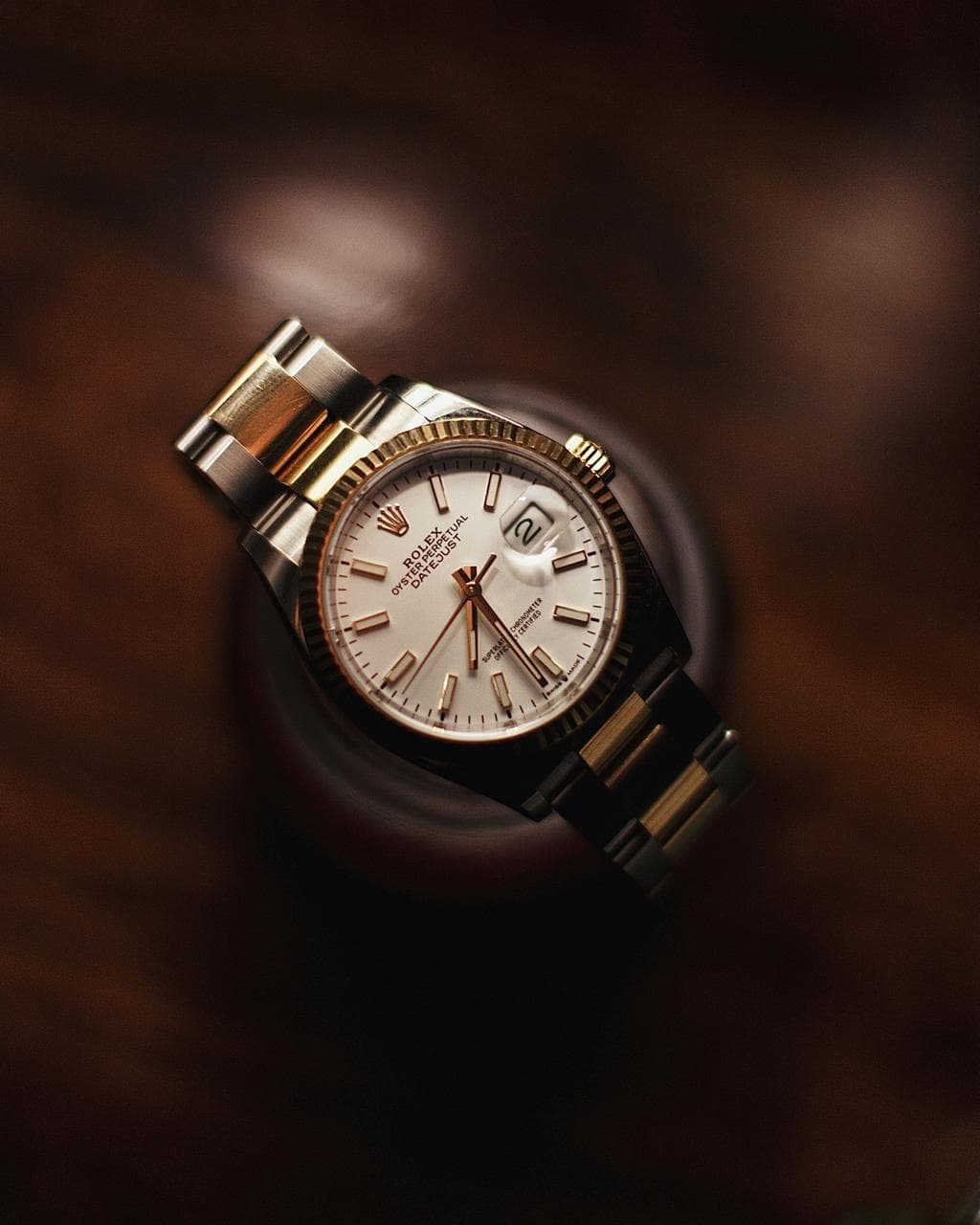
Brand Perception and Resale
Rolex dominates in global recognition and resale value. Demand consistently exceeds supply; models such as the Submariner and Daytona are not only watches but also cultural icons.
Omega sits just below Rolex in prestige but above most of its Swiss peers. Secondary-market values are stable, and its historical importance secures long-term respect.
Grand Seiko appeals to connoisseurs more than speculators. Its resale value is lower, yet enthusiasts prize it for its craftsmanship and honesty. The brand’s strength lies in substance over hype.
Price Range (2025 Market)
| Brand | Typical Range (USD) | Example Models |
|---|---|---|
| Grand Seiko | 3,500 – 12,000 | SBGA211 Snowflake, SLGH005 White Birch |
| Omega | 5,000 – 12,000 | Speedmaster Professional, Seamaster 300M |
| Rolex | 7,000 – 20,000+ | Datejust 41, Submariner, GMT-Master II |
Strengths at a Glance
| Aspect | Grand Seiko | Omega | Rolex |
|---|---|---|---|
| Craftsmanship | Hand-finished artistry; Spring Drive innovation | Technical excellence; Master Chronometer precision | Robust engineering; unmatched durability |
| Design | Nature-inspired, unique to Japan | Versatile; sport to dress | Iconic, timeless minimalism |
| Recognition | Connoisseur appeal | Broad luxury audience | Global status symbol |
| Resale Value | Moderate | Strong | Industry leader |
Which Brand Fits You?
Each brand tells a different story about excellence: Rolex creates icons, Omega advances innovation, and Grand Seiko transforms craftsmanship into a work of art.
- Choose Grand Seiko if you value subtlety, hand-finishing, and quiet perfection.
- Choose Omega if you appreciate technical advancement, versatility, and accessible prestige.
- Choose Rolex if you want universal recognition, resilience, and enduring value.
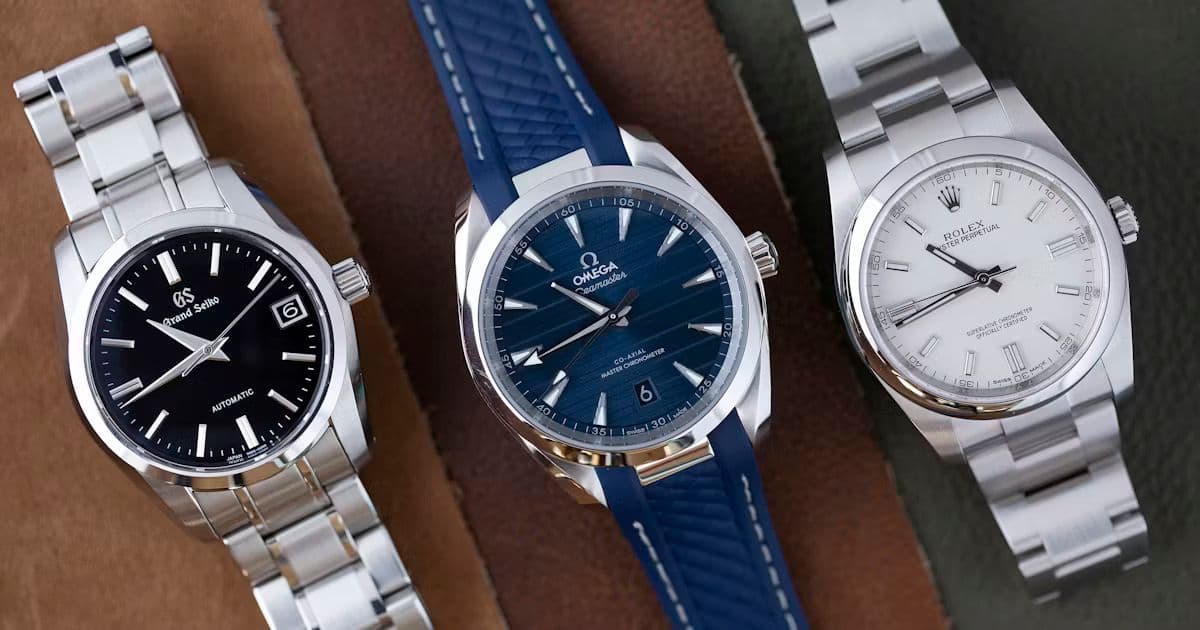
Final Thoughts
Comparing Grand Seiko, Rolex, and Omega isn't about ranking them. It's about recognizing three unique approaches to luxury watchmaking. Rolex perfects the tool watch; Omega combines tradition with innovation; Grand Seiko elevates precision into a work of art.
Ultimately, the best choice depends less on specification sheets and more on philosophy. A Rolex signifies achievement, an Omega embodies curiosity, and a Grand Seiko shows quiet mastery.
